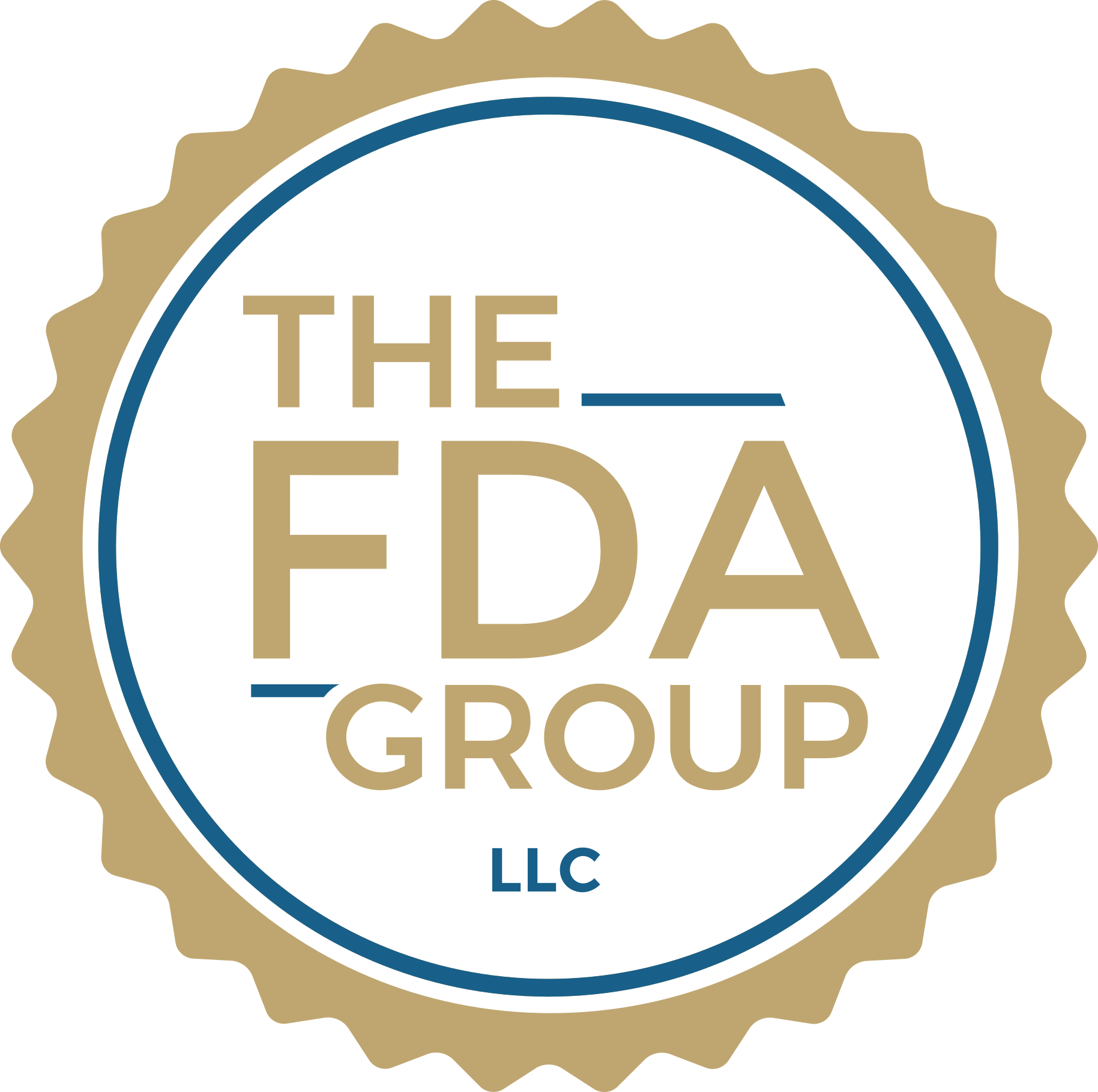In order to market a device in the United States, manufacturers must gain approval from the Food and Drug Administration (FDA).
However, the approval process for devices can be complicated and determining which approach to use can be challenging for manufacturers.
As such, it is important for manufacturers to be familiar with the regulatory structures and processes that through which medical devices are approved.
Regulations Relevant to Medical Devices
The following regulations govern the approval of medical devices:
• 21 Code of Federal Regulations Part 807 (including Subpart E)
• 21 Code of Federal Regulations Part 814
• Section 515 of the Federal Drug and Cosmetic Act
• 21 Code of Federal Regulations Part 803
• 21 Code of Federal Regulations Part 812
• 21 Code of Federal Regulations Part 820
• 21 Code of Federal Regulations Part 801
• 21 Code of Federal Regulations Part 803
These regulations discuss:
• How manufacturers must register their facilities and the device that they wish to market with the FDA
• Which devices must go through a Premarket Approval Process versus a Premarket Notification 510(k) or an exemption
• What the Premarket Approval process is
• Which devices require an Investigational Device Exemption
• What the manufacturing and labeling requirements are, and
• What the requirements for reporting adverse events after a device is marketed are.
General Overview of the Regulatory Structure for Device Approval
In general, manufacturers wishing to approve or distribute a device must register the facility manufacturing the device and list the device with the Food and Drug Administration. They must use the appropriate approval mechanism.
If they are conducting clinical trials, they must request an Investigational Device Exemption. They must have the appropriate labeling, and they must monitor for adverse events after the device is marketed.
Registration and Listing Requirements
Domestic and foreign manufacturers and companies that import devices must register with the Food and Drug Administration per 21 Code of Federal Regulations Part 807. They must submit these registrations electronically unless the Food and Drug Administration has granted them a waiver.
Manufacturers, distributors, and corporations that repackage or relabel devices are also required to list the devices with the Food and Drug Administration.
The Approval Process for Devices
Medical devices are regulated by a division of the Food and Drug Administration called the Center for Devices and Radiological Health. Medical devices are classified as Class I, Class II, or Class III.
The class of device determines what type of regulatory process is necessary for the device to be approved. For instance, most Class II devices require a Premarket Notification 510(k) whereas most Class III devices usually require Premarket Approval.
If a device is a Class I device, it may be exempt from a Premarket Notification 510(k). Manufacturers can look up a list of 510(k) exempt devices to determine whether a device meets those specifications.
How to submit a Premarket Notification 510(k)
If the device is not on the list, manufacturers must submit Premarket Notification 510(k) to the Food and Drug Administration per 21 Code of Federal Regulations Part 807 Subpart E.
To do this, a manufacturer must demonstrate that the device is substantially equivalent to one marketed before May 28, 1976, or one that the Food and Drug Administration has determined to be substantially equivalent.
The agency may also require the manufacturer to pay a fee in order for them to conduct a Premarket Notification 510(k) review. Once the Food and Drug Administration has determined that a device is substantially equivalent, they will issue a letter authorizing the manufacturer to market the device.
If the device does not meet the requirements for a 510(k) exemption, manufacturers must go through the Premarket Approval process per Section 515 of the Federal Drug and Cosmetic Act.
However, the regulations governing the Premarket Approval process itself are found in 21 Code of Federal Regulations Part 814. It is the most stringent type of approval and requires the submission of technical data, preclinical data, and clinical data demonstrating the efficacy and safety of the device.
Most Class III devices are required to go through the Premarket Approval Process; however, some devices may be eligible for a 510(k) if they meet the appropriate requirements.
Devices that go through a Premarket Notification 510(k) or a Premarket Approval process are required to have an Investigational Device Exemption per 21 Code of Federal Regulations Part 812. If the clinical study poses a significant risk to the patient, it must be approved by an Institutional Review Board and the Food and Drug Administration.
Manufacturing and Labeling
Per 21 Code of Federal Regulations Part 820, a device must be manufactured according to Good Manufacturing Practices, and appropriate quality systems and controls must be in place.
Although there are several regulations that pertain to labeling of medical devices, 21 Code of Federal Regulations Part 801 is the most common and details the general requirements for labeling.
Reporting Requirements
Incidents in which a device may have caused serious injury or death must be reported to the Food and Drug Administration per 21 Code of Federal Regulations Part 803. Manufacturers must also report certain malfunctions to the Food and Drug Administration.
The Food and Drug Administration has a Medical Device Reporting Mechanism that enables manufacturers to monitor notable adverse events. As such, they can identify issue and rectify them promptly.
Conclusion
The process by which a device is approved can be complicated. However, by understanding the appropriate rules and processes, manufacturers can make it as seamless as possible and provide quality devices to patients.
For Further Reading
Source One
